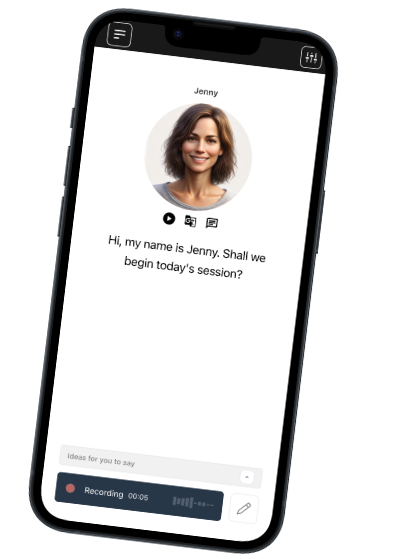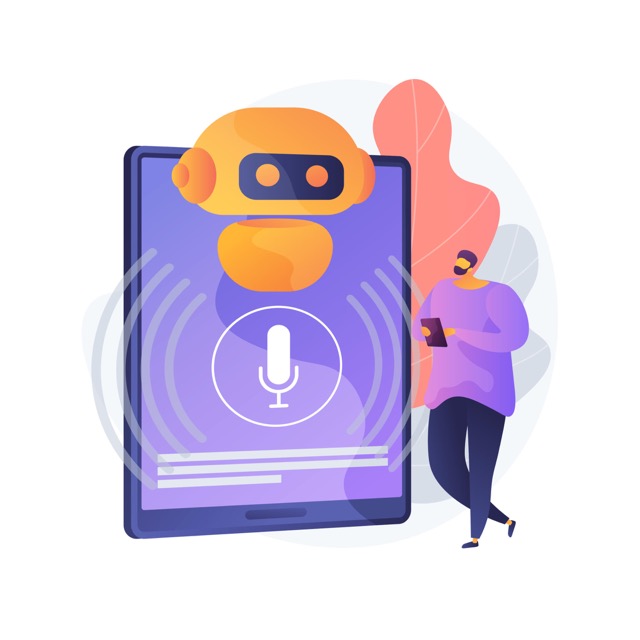Founded in Denmark. We respect your privacy.
Join a worldwide community of language learners
Why English Prepositions Are Every Learner’s Nightmare—And How Native Speakers Really Use Them
Last updated on
Anyone who’s faced the tangle of English prepositions (“in,” “at,” “on,” “by,” and countless others) knows the frustration they cause for language learners. Why is it that “in the car” and “on the bus” are both correct, but “on the car” isn’t? Or that someone is “at home” but “in a house”? For even advanced students, prepositions are a minefield—and the rules don’t always match how native speakers actually talk.
What if the secret to using prepositions like a native speaker isn’t hidden in dictionary explanations or grammar drills, but in something much more surprising? Read on—we’ll reveal the key insight that textbooks almost never discuss at the end!
The Puzzle of English Prepositions
Prepositions are short words that describe relationships in time, place, or movement, such as “under the table,” “after dinner,” or “from the store.” In theory, each has a specific function. In practice, their use is unpredictable—even for advanced learners. The British Council describes prepositions as some of the most variable and regionally-influenced elements in spoken English, making mastery (and even understanding) complex for non-natives.
Why Are Prepositions So Hard?
- Translation Traps: Most languages have prepositions, but their equivalents rarely match up. For example, in French, “Je suis bon en maths” translates directly as “I am good at math” in English, not “good in math.”
- Idiosyncratic Usage: There are few absolute rules. Someone can be “on the train,” “in a taxi,” but never “at the bus.”
- Phrasal Verbs: Prepositions attached to verbs (like “look up” or “put off”) often have meanings that are impossible to guess from the words alone. According to research from The Modern Language Journal, phrasal verbs remain difficult for learners even at high proficiency levels.
How Native Speakers Actually Use Prepositions
Listen to a native speaker and you’ll notice something surprising: prepositions are often used flexibly, sometimes even “incorrectly,” depending on context, region, and idiom. For instance, North Americans may say “on the weekend” while Britons say “at the weekend.” In informal speech, you’ll hear “out the window” without the “of,” or “up the street” (meaning “along” or “on”).
New research into speech patterns, such as investigations by Cambridge English, shows that real-life preposition use is driven less by rigid rules and more by common collocations and habits absorbed through conversation.
Beyond Textbooks: The Power of Conversation
One reason learners often “freeze” with prepositions is textbook patterns. These rarely reflect real spoken English, which is full of contractions, shortcuts, and idioms. Practicing with “real talk”—not just exercises—makes a difference. AI-powered platforms like Talkio can immerse you in interactive, realistic dialogues, providing instant feedback on true-to-life preposition usage.
Exploring regional variation can also help. If you’re studying British English vs. American English (or other dialects), consider how prepositions shift depending on the variety.
The Big Reveal: What Most Learners Don’t Know
Here’s the overlooked truth: Native-like preposition use has less to do with memorizing rules and much more to do with exposure and meaningful practice. Most native speakers don’t recite rules for “at,” “on,” or “in”—they learn them through thousands of conversations and stories, absorbing patterns over time. Studies suggest that the fastest way to acquire native-like use of prepositions isn’t drilling lists, but speaking, listening, and noticing the way these words sound in real life (BBC Languages).
So the next time prepositions feel impossible—remember, even natives rely on instinct honed through experience, not perfect explanations. Give yourself permission to experiment, listen closely, and most importantly, practice with authentic conversation—because that’s where the real secrets of preposition use are found.
Talk Your Way
to Fluency

Talkio is the ultimate language training app that uses AI technology to help you improve your oral language skills!
Try Talkio


